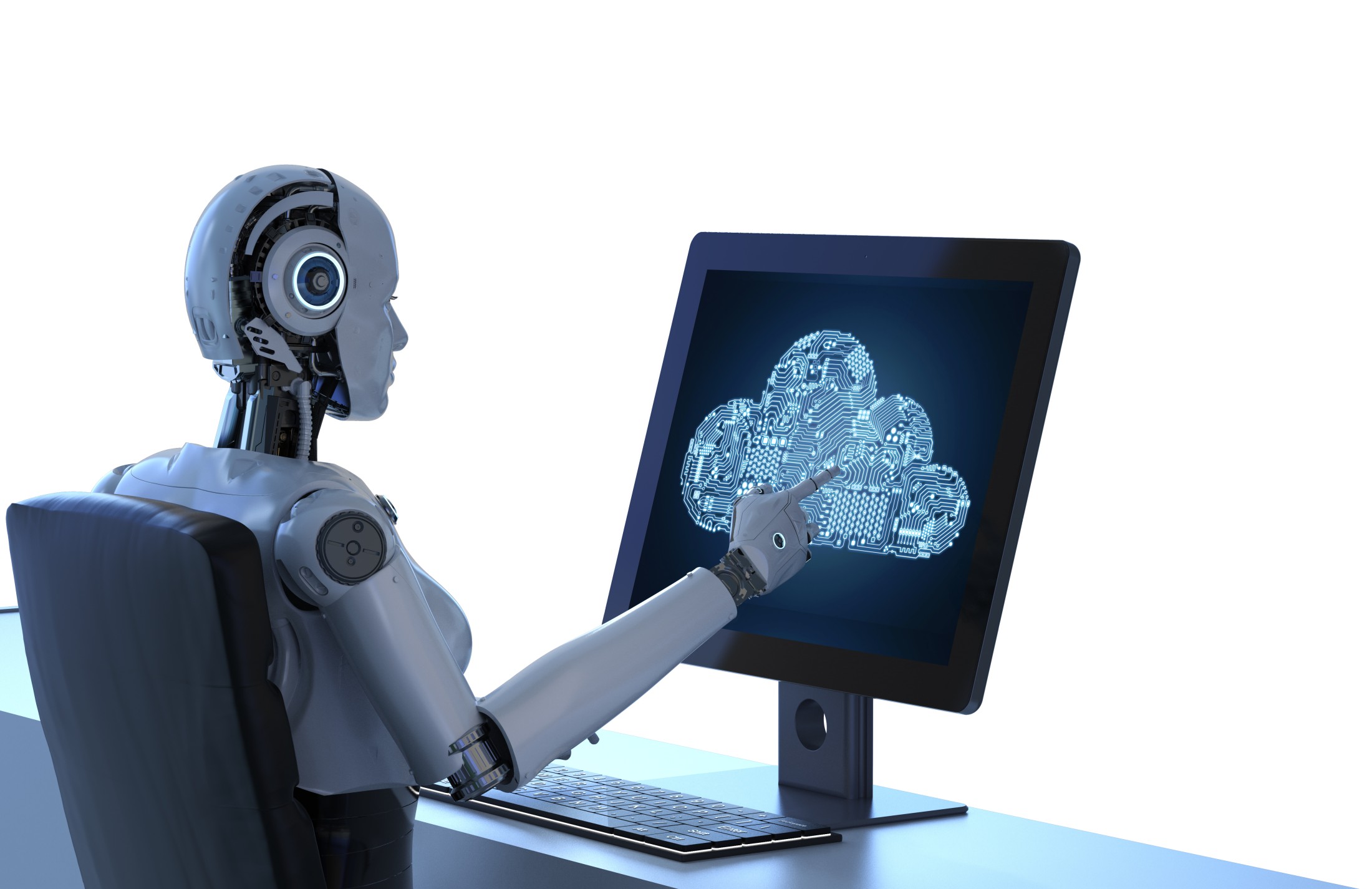Introduction: Rethinking AI’s Identity
Artificial Intelligence (AI) is often misunderstood as either a near-magical force or just another piece of software. This oversimplification clouds the true nature of AI, which is much more than code. At its core, AI is an interconnected system of dynamic components designed to learn, adapt, and solve complex problems autonomously.
This article explores why AI should be viewed as a sophisticated system rather than just software, delving into its components, capabilities, and the unique traits that set it apart.
Defining AI: A System of Simulated Intelligence
AI refers to systems that emulate human reasoning by analyzing, deducing, and making decisions based on programmed logic and accumulated knowledge. As described in the seminal 1955 Dartmouth proposal by pioneers like John McCarthy and Marvin Minsky, AI aspires to enable machines to:
-
Use language
-
Form abstractions and concepts
-
Solve problems typically reserved for humans
-
Improve autonomously
This vision positions AI as a system rather than a static tool, combining structured frameworks, dynamic learning entities, and problem-solving mechanisms.
Understanding AI as a System
AI systems transcend traditional software by integrating multiple interacting elements that work collectively to achieve sophisticated goals. Key perspectives on AI systems include:
-
Computational Framework: A structured collection of components designed to simulate reasoning and decision-making processes.
-
Learning Entity: Incorporates algorithms and data structures that enable adaptation and continuous refinement based on new information.
-
Automated Problem Solver: Executes complex problem-solving tasks with minimal human intervention.
-
Abstraction Mechanism: Recognizes patterns and interprets data, mimicking human cognitive processes.
-
Network of Interactions: Combines neural networks, feedback loops, and logic-driven algorithms to simulate tasks like learning and natural language processing.
Together, these perspectives define AI as an adaptive, interconnected system capable of learning, interacting with the real world, and solving problems autonomously.
Components of an AI System
An AI system is a nexus of interconnected parts, including:
-
Algorithms: Logic-driven methods for decision-making and problem-solving.
-
Data Structures: Systems for storing and organizing data efficiently.
-
Neural Networks: Layers of nodes that enable pattern recognition and machine learning.
-
Memory Capabilities: Structures for retaining and utilizing past learning experiences.
-
Sensors: Devices that collect real-world data, such as cameras or microphones, allowing interaction with the environment.
-
Feedback Loops: Mechanisms for self-evaluation and continuous improvement.
-
Training Datasets: Labeled data used for model training and pattern recognition.
-
Inference Engines: Logical systems that transform data into actionable insights.
-
User Interfaces: Platforms for human-AI interaction, facilitating instructions and outputs.
This intricate network underscores why AI systems are far more than static software tools—they are dynamic, evolving frameworks.
Why AI is More Than Software
Traditional software operates within fixed parameters, executing predefined instructions. In contrast, AI systems:
-
Adapt and Learn: Continuously refine processes through feedback and new data.
-
Handle Complexity: Solve problems across domains such as diagnosing diseases, navigating autonomous vehicles, or optimizing supply chains.
-
Interact with the Real World: Use sensors and interfaces to process environmental data, enabling dynamic responses.
-
Self-Improve: Incorporate feedback loops and inference engines to enhance decision-making capabilities over time.
AI systems are, therefore, living frameworks, evolving through interaction, learning, and adaptation.
Real-World Applications of AI Systems
AI systems’ transformative potential is evident in applications across industries:
-
Healthcare: Interpreting medical images to detect diseases with higher accuracy.
-
Supply Chain Optimization: Enhancing logistics efficiency by analyzing real-time data.
-
Autonomous Vehicles: Navigating unpredictable environments through dynamic decision-making.
-
Natural Language Processing: Understanding human intent to improve communication and customer engagement.
These examples highlight the complexity and versatility of AI systems, demonstrating why they are indispensable in solving today’s challenges.
The Nexus of AI and Human Contribution
The concept of AI as a nexus captures its essence as a hub of interconnected components working in harmony. However, AI’s true potential is unlocked only when human qualities—such as moral judgment, empathy, and cultural awareness—are integrated into its design and usage.
Humans act as architects and guardians of AI systems, ensuring their development aligns with societal values and ethical principles. This collaboration allows AI to:
-
Respond appropriately in complex situations.
-
Respect cultural nuances and human experiences.
-
Address ethical challenges like data bias and privacy concerns.
By infusing these uniquely human traits into AI systems, we can build technologies that not only perform but also contribute responsibly to society.
Conclusion: AI as a Nexus of Innovation
AI systems are much more than software—they are dynamic, interconnected networks capable of learning, adapting, and solving complex problems. Viewing AI through the lens of a nexus emphasizes its complexity and the vital role humans play in shaping its development.
As AI continues to evolve, it offers an unparalleled opportunity to address humanity’s greatest challenges. But this progress must be guided by ethical considerations and human ingenuity, ensuring that AI serves as a force for good in an increasingly interconnected world.

